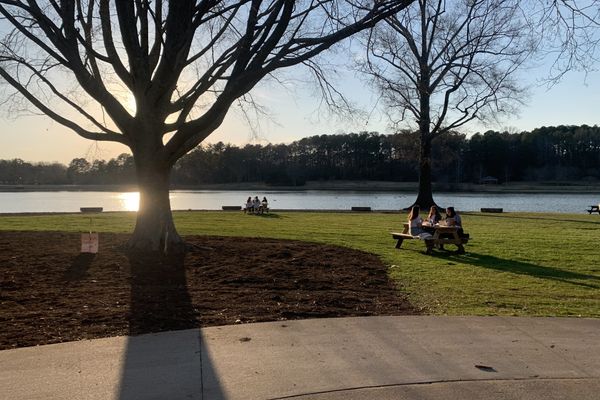We are less than a month away from Furman Engaged, the annual exhibition and celebration of students’ research, internship and study away experiences through The Furman Advantage, the university’s initiative that aims to “prepare students for lives of purpose and accelerated career and community impact.” How has The Furman Advantage changed our campus over the last six years? Are Furman students actually more engaged than students at other universities? The National Survey of Student Engagement (NSSE), which is currently being administered to freshmen and seniors at Furman, is one tool for analyzing these questions.
The NSSE, which is typically administered to freshmen and seniors at Furman every other year, opened on March 2, and students in those classes will receive a final email reminder to complete the survey on March 30. The survey aims to capture campus trends in two main areas: student engagement and High Impact Practices (HIP) during a student’s undergraduate years. Students’ responses help the administration construct a data-driven view of student engagement on our campus. The Paladin analyzed the results of the 2018 NSSE, the most recent round of the survey administered at Furman, to get a better sense of what it measures and why it matters.
In 2018, the NSSE response rate at Furman was 32% among freshmen and 36% among seniors. While these data are a few years old, they can still provide valuable insight into what The Furman Advantage looks like in practice.
The NSSE is built for comparison, automatically generating tables showing differences between Furman and various other groups of institutions, including a “Customized Peer List” created by the university administration. For example, in 2018, Furman freshmen were on par with their peers in most academic categories, but they were 10-11 points more likely to say that they often reviewed their notes after class and summarized course material compared to peers on our Customized Peer List. When the administration evaluates the success of The Furman Advantage or the success of the university at student engagement and high-impact practices more broadly, this list is one of the main benchmarks they have chosen to use:
Bucknell University (Lewisburg, PA)
Centre College (Danville, KY)
Colgate University (Hamilton, NY)
College of the Holy Cross (Worcester, MA)
Connecticut College (New London, CT)
DePauw University (Greencastle, IN)
Franklin and Marshall College (Lancaster, PA)
Gettysburg College (Gettysburg, PA)
Kenyon College (Gambier, OH)
Lafayette College (Easton, PA)
Occidental College (Los Angeles, CA)
Rhodes College (Memphis, TN)
Sewanee: The University of the South (Sewanee, TN)
St. Lawrence University (Canton, NY)
Trinity University (San Antonio, TX)
Union College (Schenectady, NY)
University of Richmond (Richmond, VA)
Washington and Lee University (Lexington, VA)
While this list includes liberal arts schools from around the country that are similar in size to Furman, some relative neighbors are notably absent from the list. Davidson and Wake Forest, for example, are geographically much closer to Furman than most of these schools, and they compete more directly with Furman for students.
In addition to research, internships and study away experiences, another key component of The Furman Advantage is mentoring and advising. Compared to their peers, Furman freshmen were 13 points more likely to talk about their career plans with a faculty member. For seniors, that number was only 6 points. While these numbers are purely descriptive and do not necessarily imply a causal relationship, it is possible that the seniors in the sample, who enrolled at Furman in 2014, did not experience the full effects of The Furman Advantage, which was introduced in 2015. The freshmen, who enrolled in 2017, would have known about The Furman Advantage from the beginning.
The diversity of viewpoints on our campus was evident across both classes. Freshmen were 17 points more likely than their peers to say they “very often” or “often" had “discussions with people with political views other than [their] own.” For seniors, that number was 15 points. While the results on other aspects of diversity were more mixed, with freshmen slightly more likely than seniors to say they often had discussions with people of different races, ethnicities, economic backgrounds and religious faiths, this diversity of political viewpoints set Furman apart. The forthcoming results from this round of the NSSE will reveal the extent to which our campus environment has maintained this distinctive feature.
Suzanne Klonis, the Director of Assessment at Furman, said she encourages all current freshmen and seniors to complete the survey before it closes. A high response rate will enable the university to capture a fuller and more accurate picture of what student engagement looks like on our campus, how it has changed over time, and potentially how it has been impacted by the COVID-19 pandemic.
